Time flies, that’s for sure. The Skirball Cultural Center’s superb exhibitions Light & Noir: Exiles and Émigrés in Hollywood, 1933–1950 and The Noir Effect, which began last October, will close Sunday, March 1.
The closing day (March 1) is an ideal opportunity to head up to the Skirball. That way you can see “Cinema’s Exiles: From Hitler to Hollywood,” a 2009 PBS documentary about members of the German film industry who left Europe and re-created their careers in Los Angeles, forever changing the way American movies were made. More than 800 filmmakers fled the Nazis; some found great success in the U.S., but others were less fortunate. Sigourney Weaver narrates the movie.
Film excerpts include: “The Bride of Frankenstein,” “Fury,” “Ninotchka,” “To Be or Not To Be,” “Casablanca,” “The Wolf Man,” “Double Indemnity,” “Phantom Lady,” “Sunset Blvd.,” “High Noon,” “The Big Heat” and “Some Like It Hot.” Also covered will be classics of early German cinema, including “The Cabinet of Dr. Caligari,” “Metropolis,” “The Blue Angel” and “M.”
Additionally, “Cinema’s Exiles” features behind-the-scenes archival footage of director Fritz Lang in Germany and Marlene Dietrich’s “Blue Angel” screen test as well as home-movie footage and photographs. Eyewitness accounts of this era are provided by screen actress Lupita Kohner, author Peter Viertel and (via archive statements) Lang, Billy Wilder and Fred Zinnemann, among others.
“Cinema’s Exiles: From Hitler to Hollywood” (90 min.) will start at 11 a.m. Sunday. It is free with museum admission. Museum tickets are available at the door.
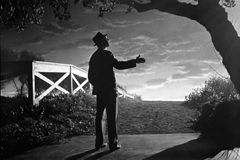





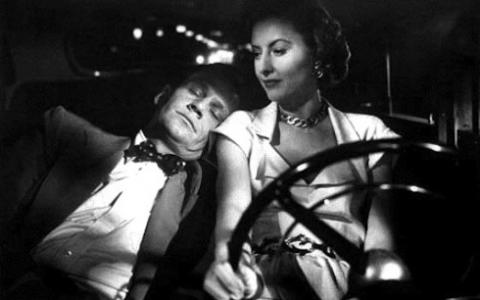
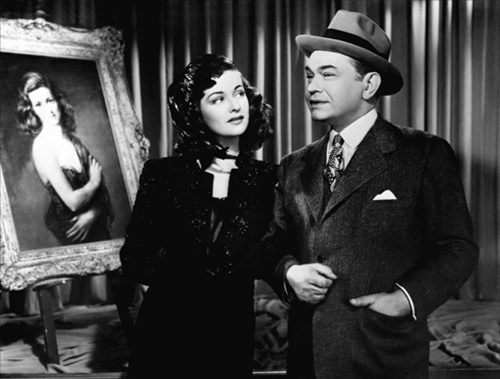
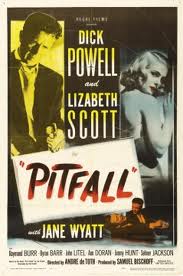
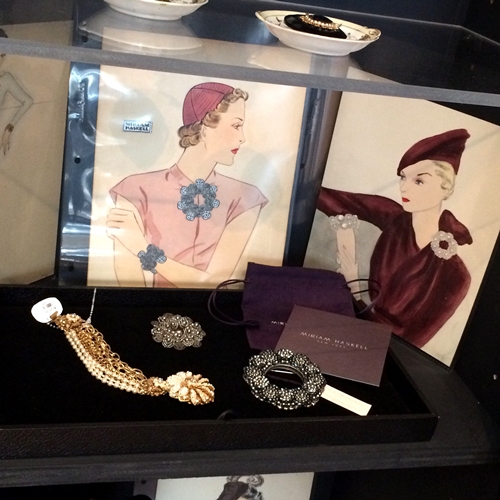
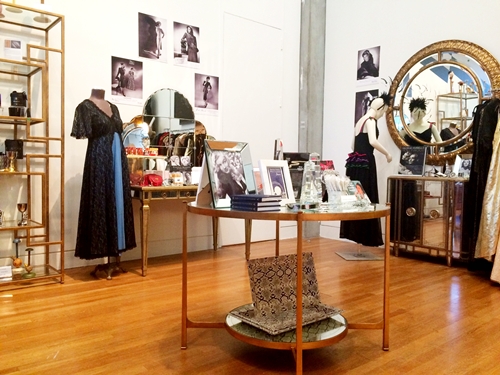
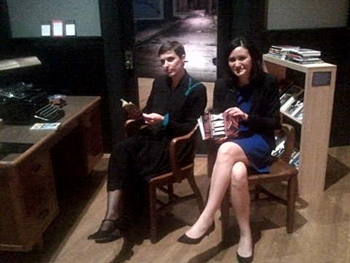
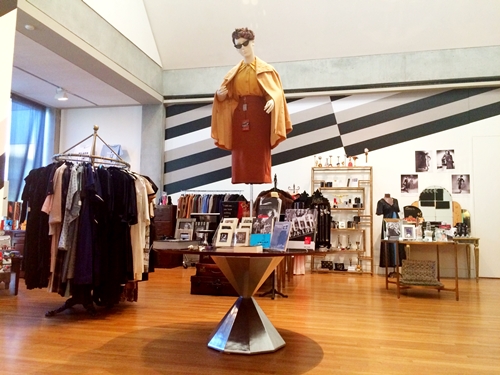
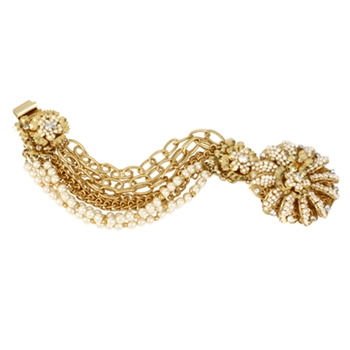
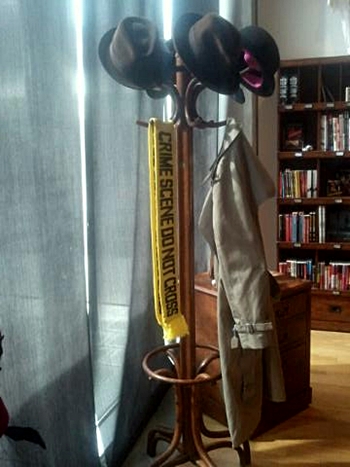
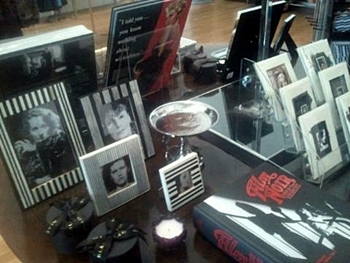
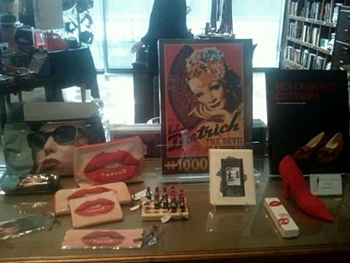
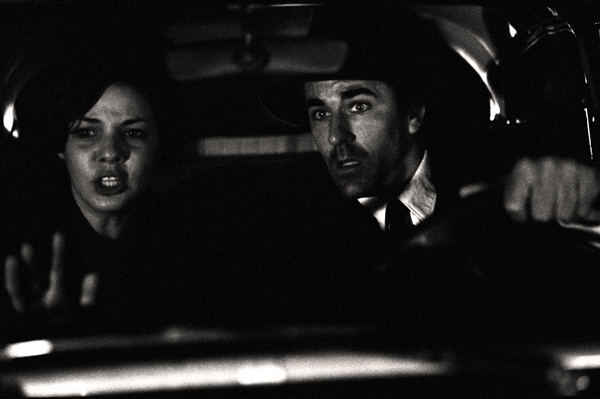
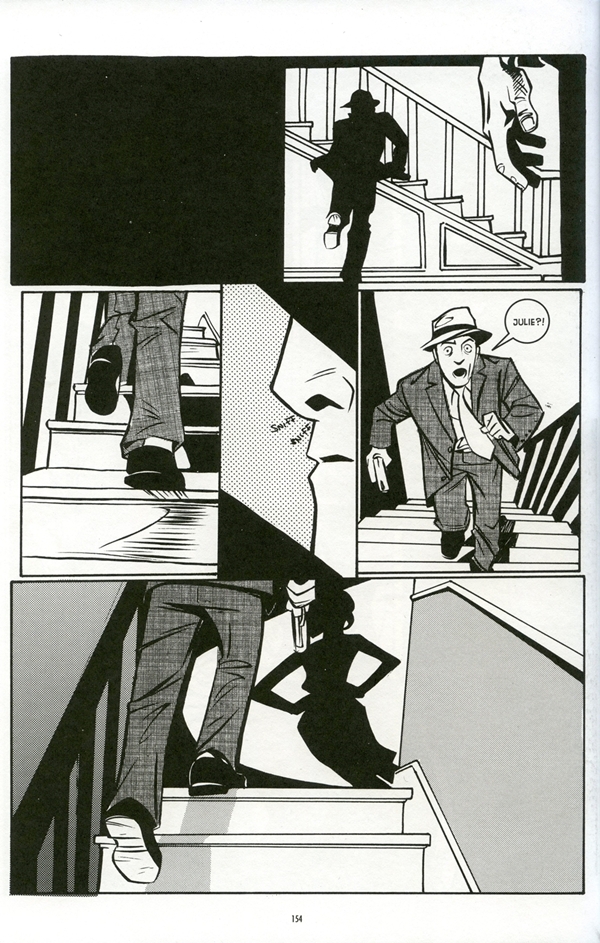
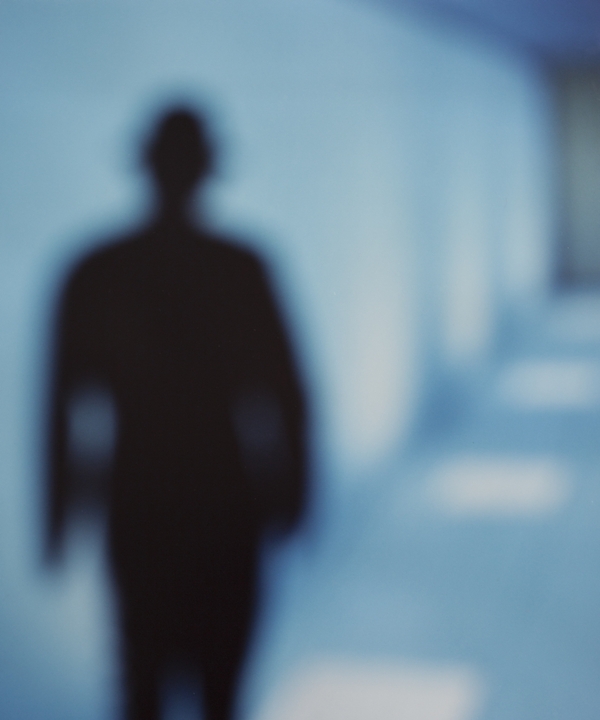
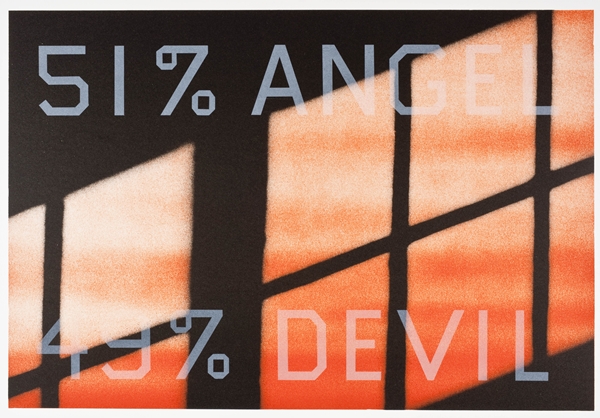





From FNB readers